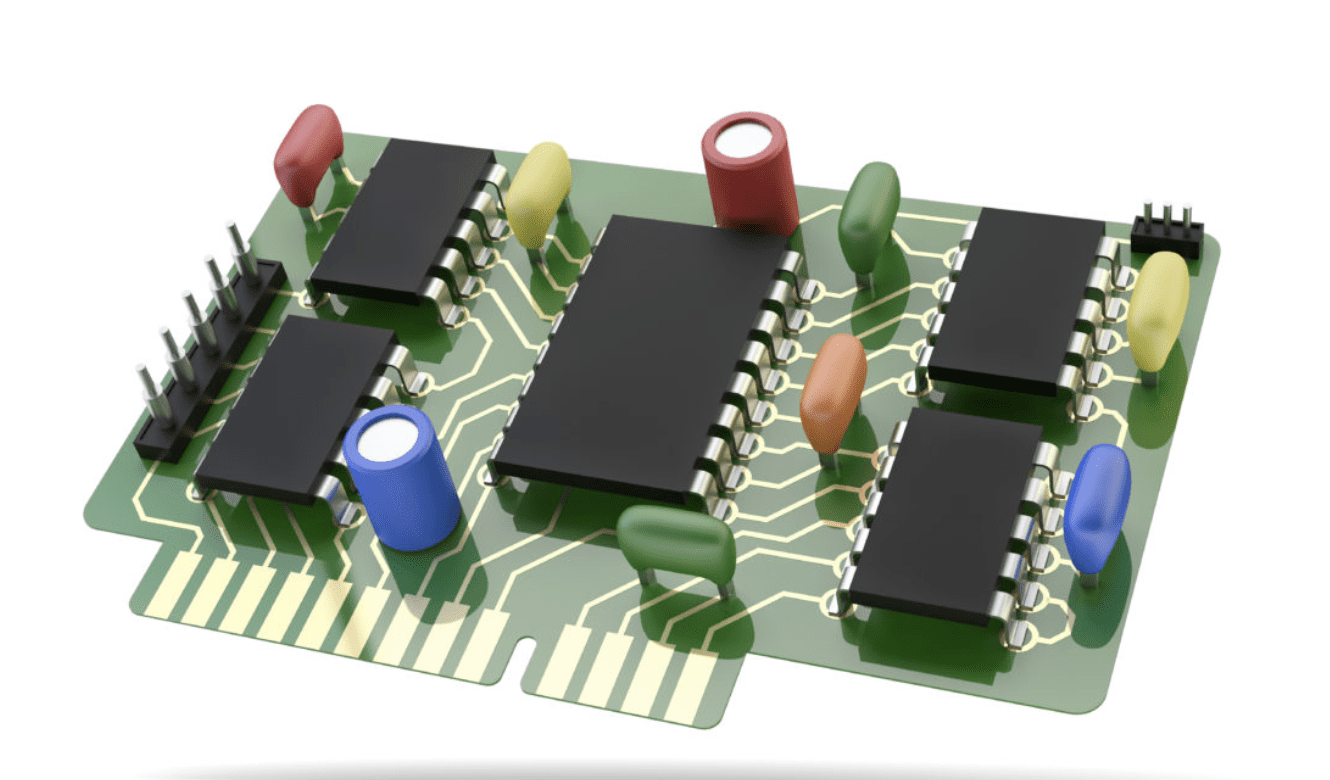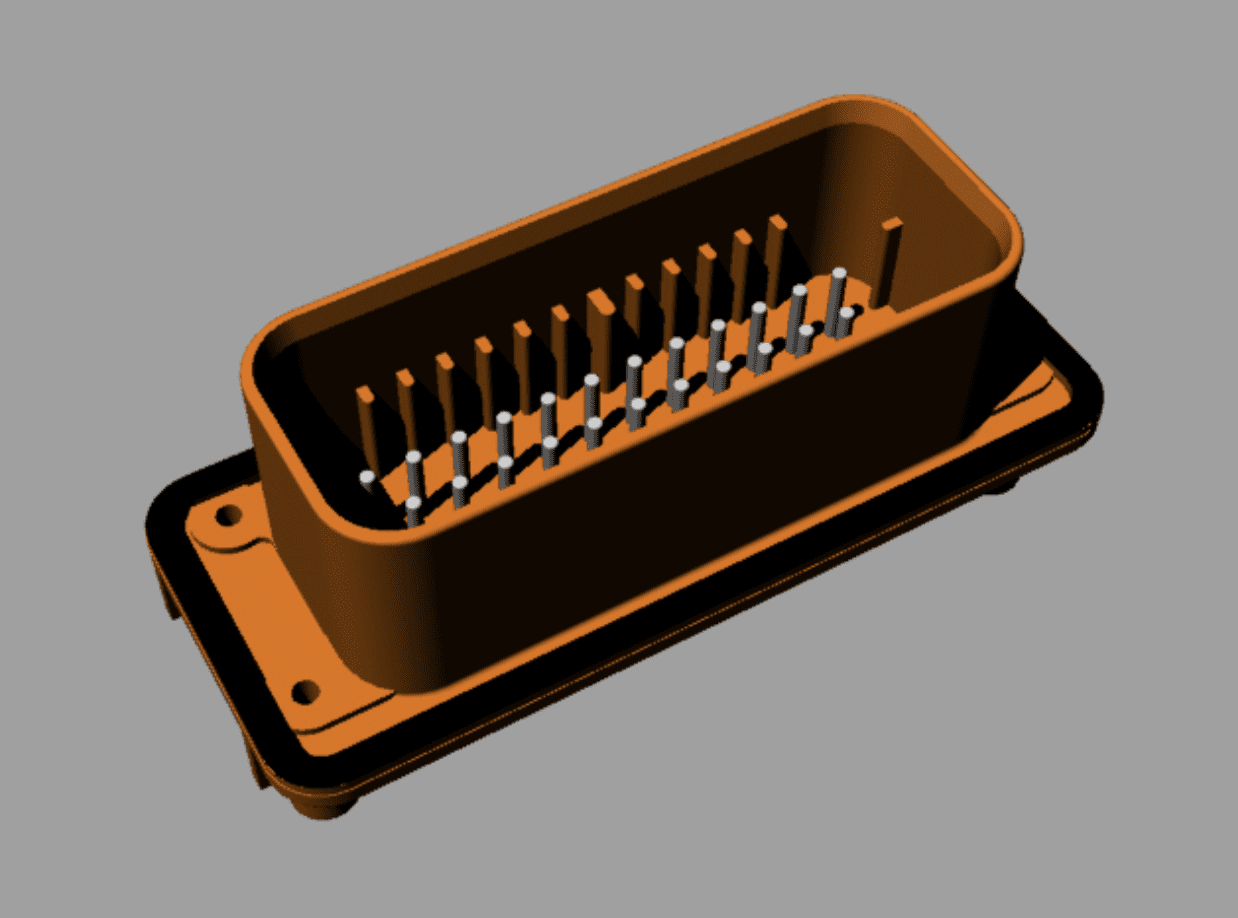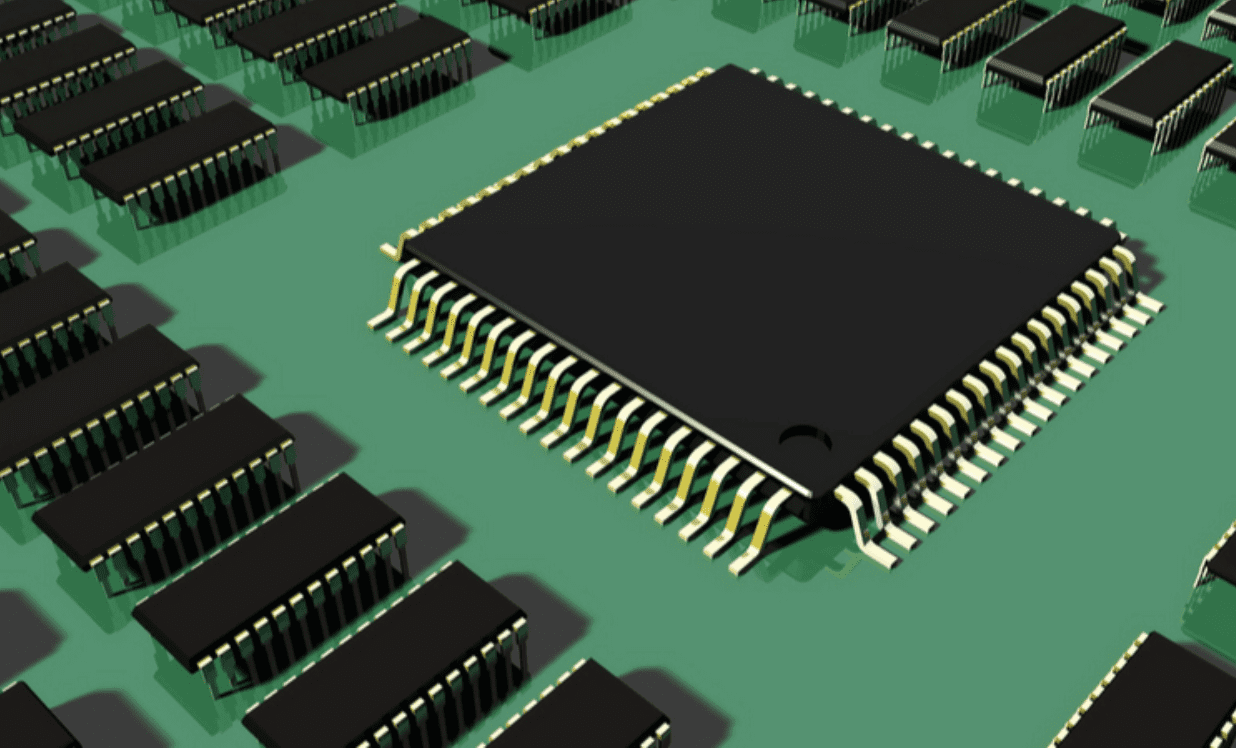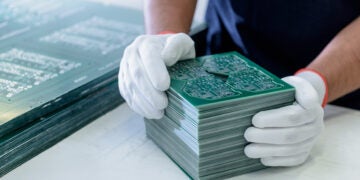
STEP 3D models are perhaps the most important tool an electronics designer has. They provide accurate and precise information about the way components in an electronics project should be built. Based on an international standard, the information within STEP 3D models is used in many industries—including aerospace, manufacturing, medicine, and computer hardware. Electronic products created with the help of STEP 3D models are ubiquitous in the modern age. Easy access to reliable models is vital to innovation in the electronics industry.
STEP 3D Models
STEP 3D models contain information about an electronics component in a standardized format. This format is ISO 10303, an international human-readable text standard. Its full name is Standard for the Exchange of Product Model Data, which is commonly shortened to “STEP”. Computer-aided design (CAD) programs read STEP files to create and organize 3D models. Many CAD programs read descriptions and other indexing data out of STEP file headers, allowing designers to keep a verified database of models updated and easy to use. Some programs can also use the component data inside the STEP file for indexing, but this isn’t as common as indexing with headers.
The STEP file standard is not freely available as of this writing. While the standard is priced so companies of any size should easily obtain it, some groups criticize the necessity of purchasing the standard at all. Critics claim the cost might prevent people with lesser means from purchasing the standard, creating exclusivity and inhibiting innovation. The format itself has also endured some criticism—since data can be encoded in any order and some formatting is not space or memory efficient. In addition, the STEP format allows designers to describe the same features of a component in multiple different ways. This means that if CAD software doesn’t recognize the specific way a feature is described, or if a feature is described multiple different ways in the same file, the software might not be able to create an accurate STEP 3D model. Most CAD software gets around this by supporting a specific subset of feature descriptions, but it’s not always obvious which subset a particular software suite supports.
Benefits of Using STEP 3D Models
The foremost benefit of STEP 3D models is their ability to express component data in a consistent way. Consistent models allow many design teams to collaborate on a project, whether they’re focusing on a specific part or the entire project. The visualization of models in CAD software gives designers feedback raw data may not, such as how well different areas of a project fit together, whether mounting holes are aligned properly, or whether circuits are packed too closely together to dissipate heat properly. Verifying a component using a 3D model can also connect designers with machinists, allowing detection of fabrication errors that could be detrimental to a production run.
The second major benefit of STEP 3D models is their ability to inform designers on potentially low-quality models. There are many legacy 3D model file types, and most of those types have variants that aren’t as detailed as STEP files. While the legacy file types may convert to valid STEP files—which could become useful STEP 3D models—they would likely not contain the level of detail required for modern fabrication. Any STEP file that doesn’t adhere to the ISO-10303 standard is likely to create a low-quality model.

Finding STEP 3D Models
Since many websites and companies claim to provide high-quality models, sometimes sorting through outdated or inaccurate information to find correct model information can be challenging. However, there are many ways designers can find or create STEP 3D models. No matter where a designer obtains a model—even if they make the model themselves—it is vital to double-check the accuracy and precision of the model before using it.
A component service is a useful tool for designers who are not comfortable manually creating models themselves, or who are researching a new type of model they have not handled before. Component search engines and parts aggregators often include models of those components in various formats, including STEP files. Some of these services source their components and models from manufacturers directly, while some are curated by a community of professionals.
It is important not to confuse a curated source of models with a community forum. 3D STEP models are often available on community forums, but without strict curation, there is no guarantee the models are valid or high-quality. A common problem in community forums is that model dimensions may be unclear or incorrect, resulting in components that don’t fit into the rest of a project even if their layout is correct.
Designers skilled at reading and analyzing component datasheets may create their own STEP files from scratch. While this is by far the most difficult way to obtain a reliable STEP file, designers can focus on different parts of a model that might not be emphasized in a premade design. Using information directly from a datasheet can also make it easier for a designer to create a new design based on an existing component.

Ultra Librarian provides verified, precise STEP 3D models that give designers the confidence they need to plan and build even the most complex electronics. Working with Ultra Librarian takes the guesswork out of preparing for your next great device, and puts your ideas on the road to success. Register today for free.








